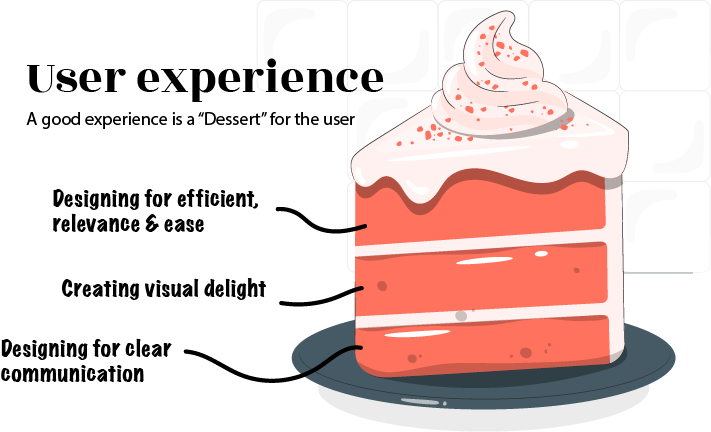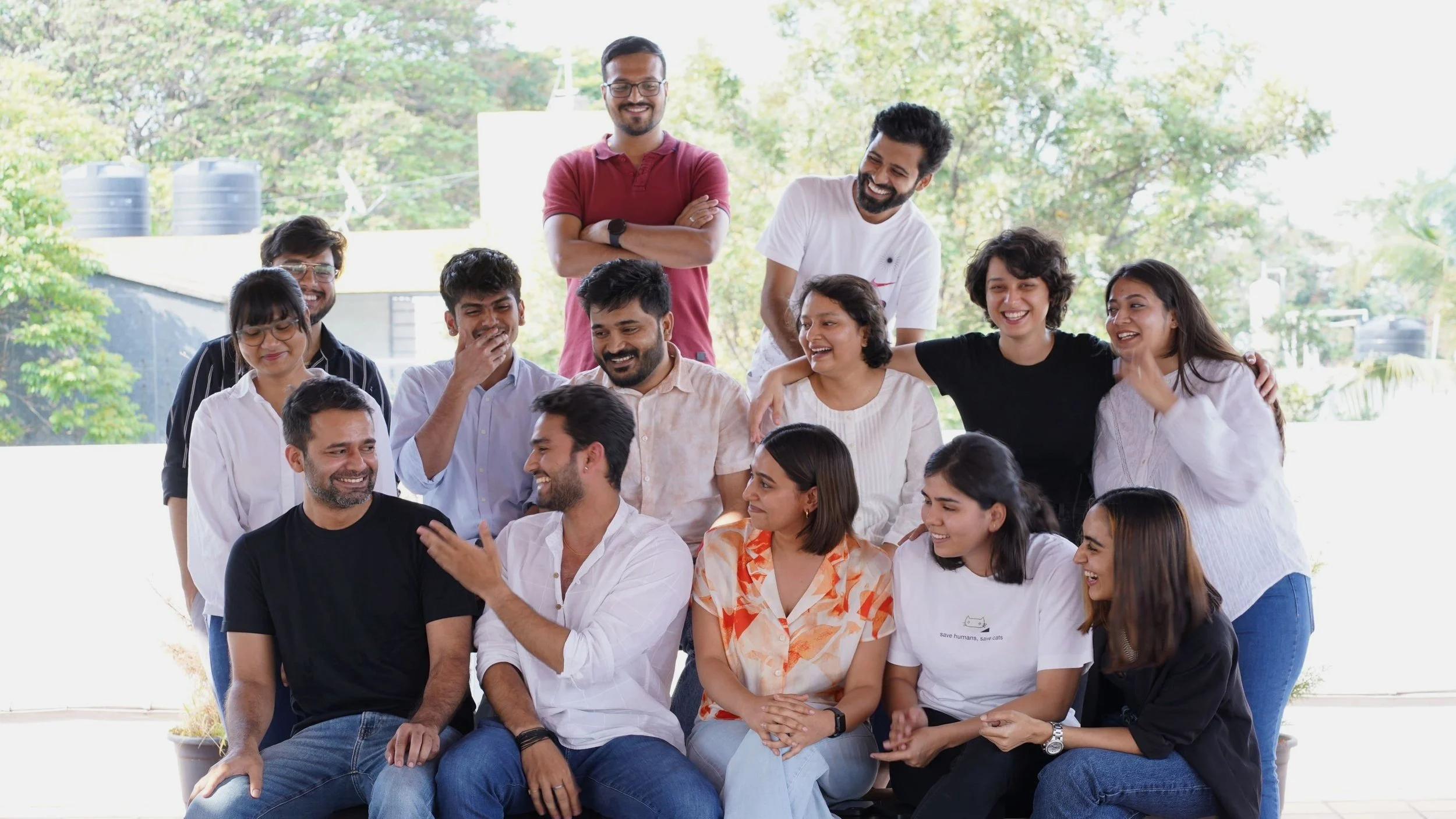
Architecting the role of design at Jar
Jar is a fintech startup empowering millions of underserved Indians to build savings. Jar is transforming traditional financial barriers into opportunities for those who have historically struggled building their savings.
Our solution addresses over 200 million Indians - from gig workers and small business owners to farmers and wage earners. With $60M+ in funding from Tiger Global, Rocketship, and other marquee investors ($300M+ valuation, Aug 2022), we're scaling financial inclusion across India.
My role & responsibilities
As Head of Design at Jar from 2022 to 2024, I led the strategic design transformation that expanded our platform from a focused Gold Savings app to a comprehensive fintech ecosystem. By introducing three new verticals—Loan, and Jewellery—we reimagined our product architecture and user experience, positioning Jar as a versatile financial solutions platform.
During my tenure, I:
I scaled the design team from 4 to 20 members, building a strong, cross-functional group of designers.
Established a 3-layer user experience philosophy:(a) Designing for ease and efficiency (UX design),
(b) Creating visual delight (UI, Visual & Motion design)
(c) Enhancing comprehension (UX Writing).
Took on expanded responsibilities, including (a) Quarterly roadmap planning with vertical leads, (b) Setting month-over-month design and product priorities, (and c) Aligning the design function with the company's overall business and product strategy.
This multifaceted role allowed me to drive significant growth and evolution at Jar, as the company transitioned from a single-product offering to a diverse Fintech ecosystem.
Enabling design team ownership & accountability
As our design team transitioned from an early-stage startup to a scaling-stage startup, the exponential growth in design tasks demanded a strategic reimagining of our operational framework. I methodically redesigned our team structure, implementing task management protocols, stage-defined design review processes, and cross-vertical engagements to foster collaboration, and knowledge sharing and avoid the risk of work duplication.
Setting Product and Design Workflow
Objective: To set clear expectations on each stage of the project, from problem area to defining scope to design handover.
More about it here
Design Reviews
Objective: Setting clear expectations for the designers and other stakeholders alike for mid-fidelity and high-fidelity design reviews to avoid to-n-fros and improve go-to-market time.
Cross-Product Vertical design visibility
Objective: Get a clear view of ongoing design tasks, progress stage, blockers, expected delays and visibility to cross-functional team members.
Squads in product verticals
Objective:
To enable the team for more ownership, accountability and impact, working with the POD leads (business verticals), introduced Squads within individual PODs. Each Squad had a designer, product manager, product analyst and design researcher.
Design System and Tokenisation
Objective: Reduce design & tech debt and improve turn-around time to go live.
Design collaboration
Objective: Space for for team to show and tell, collaborate and build cross-product vertical visibility.


